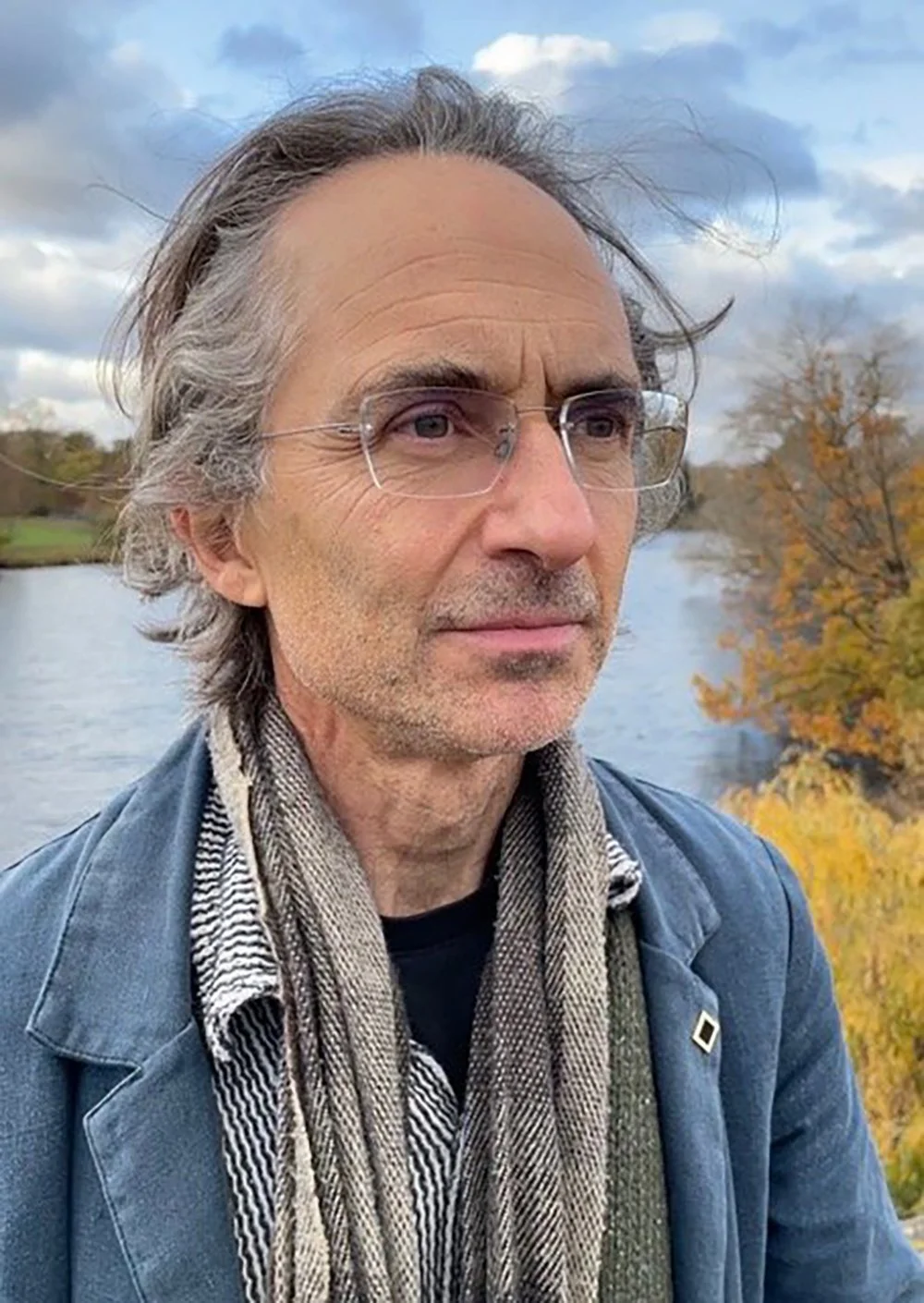Botticelli, Perugino and Dürer: Andrew Spira (1500)
Andrew Spira, author of The Invention of the Self: Personal Identity in the Age of Art
For this episode, Peter ventured up to Angel in central London to speak to the art historian Andrew Spira. He talked to Andrew about his most recent books, his role as a tour director at Ace Cultural Tours, and the threat of AI to art in the present day.
This last point, Spira explains, raises several very important questions. Picasso once talked about art as something that ‘washes from the soul the dust of everyday life’. This has been true for all ages, but if art itself loses its soul then does it also lose its ability to refresh? To look more closely at this function of art, Andrew takes us back half a millennium to a fascinating year at the heart of the Renaissance.
*** [About our format] ***
As the year 1500 approached, humans were reconfiguring their perspectives. For much of the Medieval Period people had thought of themselves as being part of a collective, To better understand life they commonly looked for meaning in the Church, an instinct that was reflected in the deeply symbolic and devotional art of the Middle Ages.
But as the fifteenth century ended, there were stirrings of something new. As the humanists expanded fields of knowledge and explorers like Columbus ventured westwards across the Atlantic, the world seemed an increasingly dynamic place.
This was a time of excitement. But along with this rising sense of optimism tagged something much more unsettling. There was a feeling of trepidation about the year 1500. From readings of Scripture, many believed that Christ’s second coming was imminent. This possibility was intensively discussed and the concern it produced led to several dramatic episodes. One of the most vivid of these came right at the end of the fifteenth century, in Florence.
Savonarola's execution in the Piazza della Signoria, painting by Filippo Dolciati, 1498. (Wiki Commons)
In the great centre of learning and creativity, in 1497, people witnessed the so-called ‘Bonfire of the Vanities’, when supporters of the hugely influential Dominican friar, Girolamo Savonarola, destroyed huge collections of art in the main square. Confronted with the terrible prospect of judgment, people had turned on objects - from mirrors to musicial instruments and paintings - that they believed would tempt them towards sin. So emotionally charged did the situation become that the next year would see a flashback. In 1498 it would not be objects of beauty being burnt in the squares of Florence, by Savonarola himself.
It is to this strange time – half creative, half destructive – that the art historian Andrew Spira takes us back to today. Andrew has a broad background in art. He has worked in leading museums, for world renowned auction houses and he has led tours to treasured locations in Italy and France for ACE Cultural Tours. Today he takes us on an audio tour back to the year 1500. He presents three artists and three important works that very much capture the hopes and fears of the time.
The first of these is Sandro Botticelli’s beautiful and enigmatic Mystic Nativity, A small devotional work that was painted in Florence shortly after the Savonarola episode, it was the only work Botticelli ever signed. His inscription read:
This picture, at the end of the year 1500, in the troubles of Italy, I Alessandro, in the half-time after the time, painted, according to the eleventh chapter of Saint John, in the second woe of the Apocalypse, during the release of the devil for three-and-a-half years; then he shall be bound in the twelgth chapter and we shall see him buried as in this picture.
Spira unpicks the meaning of the Mystic Nativity for us. He then contrasts it with two other pieces that were being produced at the same historical moment. One of these is by Pietro Perugino, who in 1500 produced a wholly new vision of the Resurrection.
The other, however, is even more compelling. Far to the north of Florence, in 1500 Albrecht Dürer was completing a remarkable self-portrait. Here, as Spira explains, was a decisive step forward in Western art and the emergence of the self. Dürer’s is one of the first ever autonomous self-portraits of its kind. It is realistic, transfixing and filled with suggestive detail. Here, Dürer seems to say, is a new man at the beginning of a new age.
***
Andrew Spira is the author of The Invention of the Self: Personal Identity in the Age of Art (Bloomsbury)
*** Listen to the Podcast ***
Show Notes
Scene One: Sandro Botticelli's Mystic Nativity
Scene Two: Pietro Perugino's Resurrection
Scene Three: Albrecht Dürer’s Self-portrait
Memento: A Dürer print
People/Social
Presenter: Peter Moore
Guest: Andrew Spira
Production: Maria Nolan
Podcast partner: Ace Cultural Tours
Theme music: ‘Love Token’ from the album ‘This Is Us’ By Slava and Leonard Grigoryan
Follow us on Twitter: @tttpodcast_
See where 1500 fits on our Timeline
About Andrew Spira
Learn more about Andrew Spira’s upcoming tours with ACE.
Andrew Spira is an independent art historian and curator. For several years, he was a curator at the Victoria and Albert Museum, London, UK, and subsequently Course Leader at Christie's Education London.
He is author of The Avant-Garde Icon: Russian Avant-garde Art and the Icon Painting Tradition (2008), The Invention of the Self: Personal Identity in the Age of Art (2020) and Simulated Selves: The Undoing of Personal Identity in the Modern World (2020).
He is also one of the tour directors at Ace Cultural Tours.








